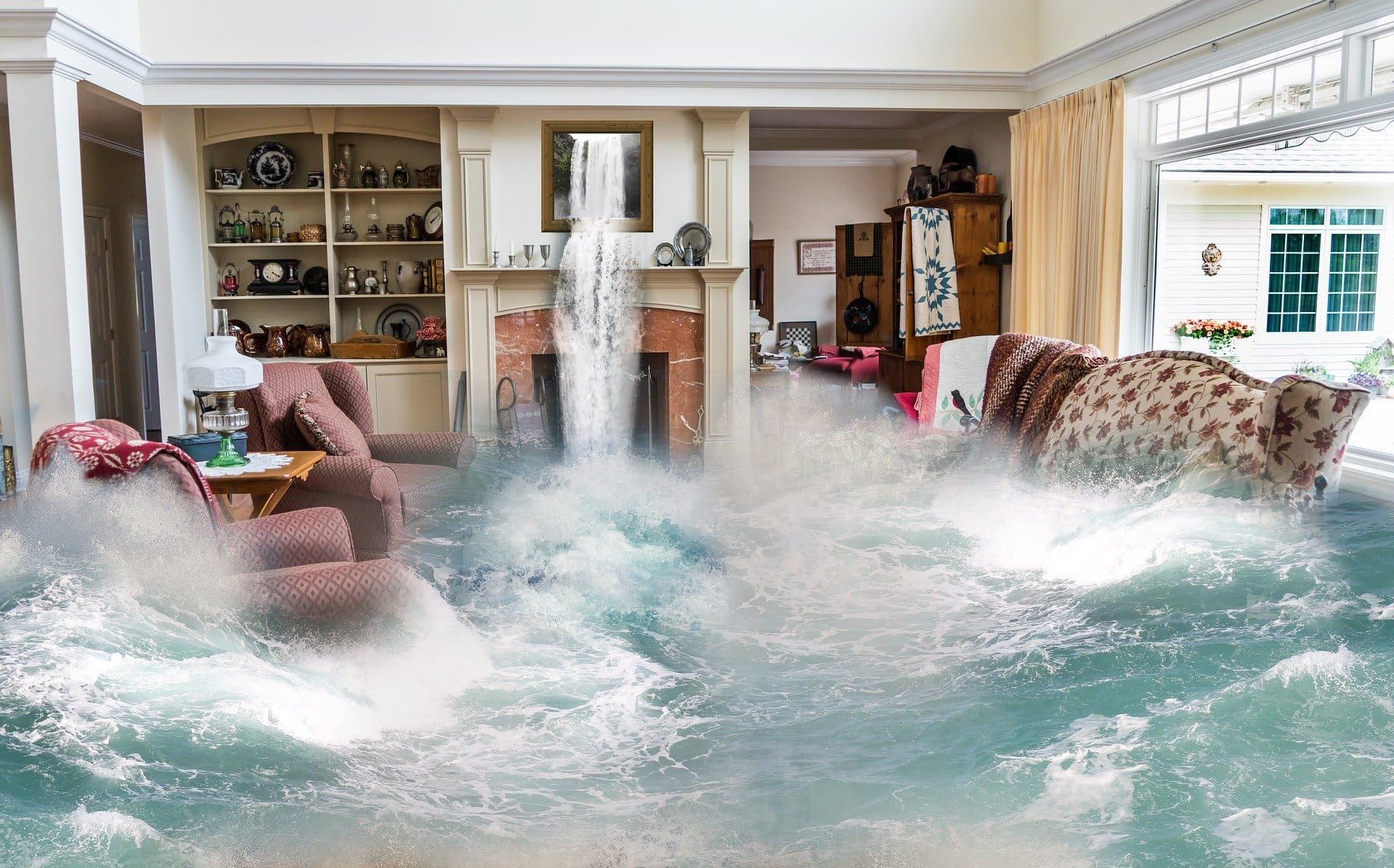With the effects of climate change and global warming and the continuing desire to live on or near coastal waterways, catastrophic and nuisance flooding affects more communities than ever before. Because of this, it is increasingly important to consider several key ways you can floodproof your home. Flood Insurance
The most crucial factor in floodproofing your home is having adequate protection against flood damage. Recovering from just one inch of water inside your building can cost about $27,000. Even if you don’t live close to a body of water, your home could be subject to flash flooding and rainwater or sewer water backup during heavy rains. Congress has mandated federally regulated or insured lenders to require flood insurance on mortgaged properties located in areas at high risk of flooding. But even if your property is not in a high-risk flood area, you may consider … and your mortgage lender may still require you to have … flood insurance.
Structural Elevation
Structural Elevation involves physically raising an existing home or building to the base flood elevation (BFE) or higher as required by FEMA or your local ordinance. When a house is elevated correctly, the living area will be above all but the most severe floods (such as the 500-year flood). Elevation may be achieved through various methods, including elevating on continuous foundation walls, elevating on open foundations, such as piles, piers, posts, or columns, and elevating on fill. Foundations must be designed to adequately address all loads and be appropriately connected to the floor structure above, and utilities must be appropriately upgraded as well.
The amount of elevation required is determined by each community’s Flood Protection Elevation (FPE) requirements. For example, if your community’s FPE equals the Base Flood Elevation (BFE), you will need to elevate your house to the lowest floor at or above that elevation. However, most communities require elevation above the BFE … the computed elevation to which floodwater is anticipated to rise during the base flood. Base Flood Elevations (BFEs) are shown on Flood Insurance Rate Maps (FIRMs) and the flood profiles for your community. The BFE is the regulatory requirement for the elevation or floodproofing of structures. The relationship between the BFE and a structure’s height helps determine flood insurance premiums.
Floodproof Wall or Barrier
Another strategy to floodproof your home is to build a flood-proof wall or barrier around the structure’s perimeter. With a sturdy, waterproof fence, you can help prevent water from reaching your home. This strategy has been used to protect entire towns and could work for an individual residence as well. Consider building landscape berms or retaining walls to help hold back water in the event of flooding. While a portion of your property will be under flood water, your home can be protected or flooding minimized.
Wet and Dry Floodproofing
The primary objective of floodproofing is to reduce or avoid the impacts of coastal flooding upon structures. … A dry flood-proofed frame is made watertight below the expected flood level to prevent floodwaters from entering in the first place. Wet Floodproofing includes permanent or contingent measures applied to a structure or its contents that contain or provide resistance to damage from flooding while allowing floodwaters to enter the structure or area. Further, understanding wet and dry floodproofing is necessary, as dry floodproofing is appropriate primarily for slab-on-grade non-residential buildings with concrete or solid masonry walls.
Floodproofing your home is an excellent way to protect your home and personal belongings. Whether you’re in a flood plain or just concerned about the threat of flooding and the devastating and costly effects of flood damage, DeVooght House Lifters can help you.

